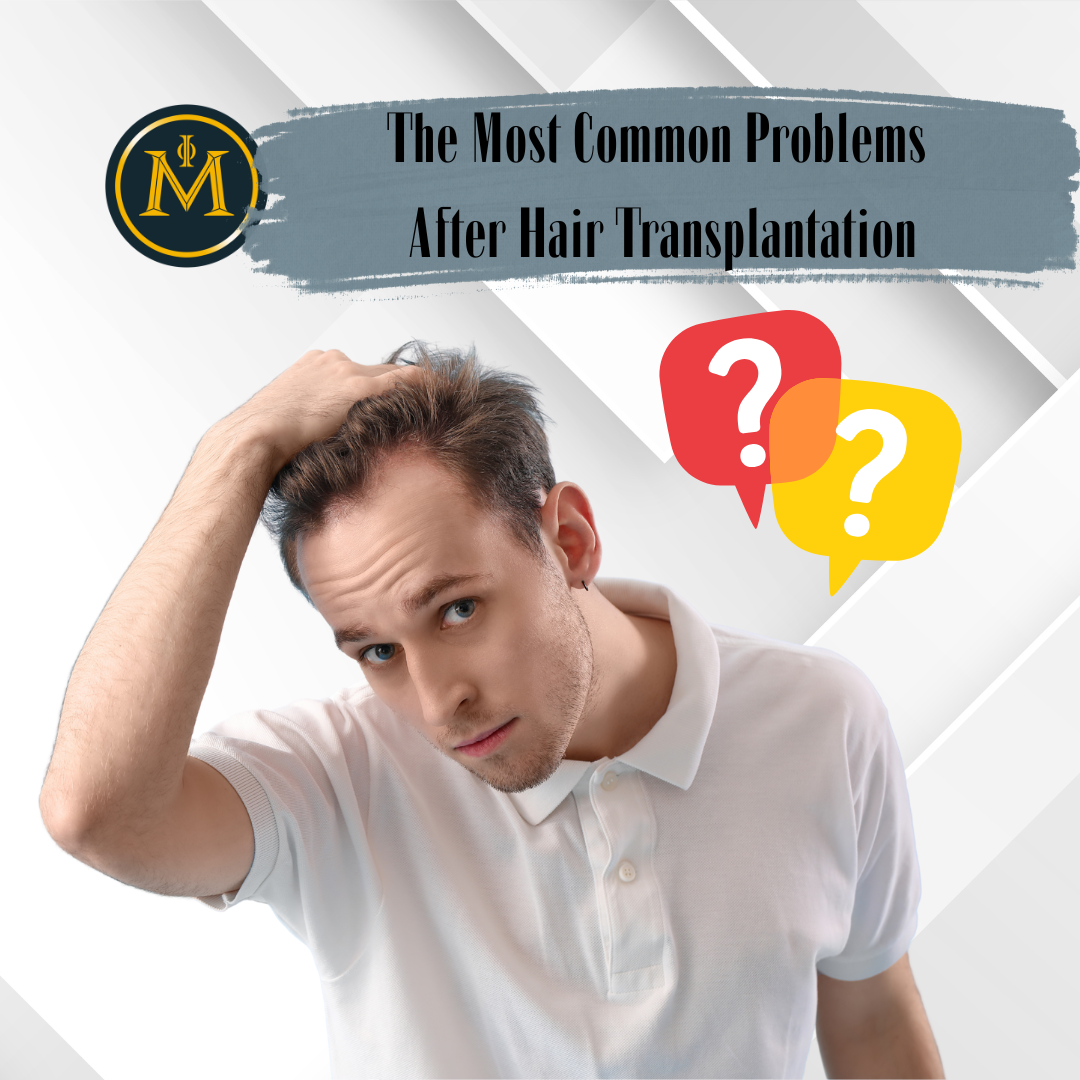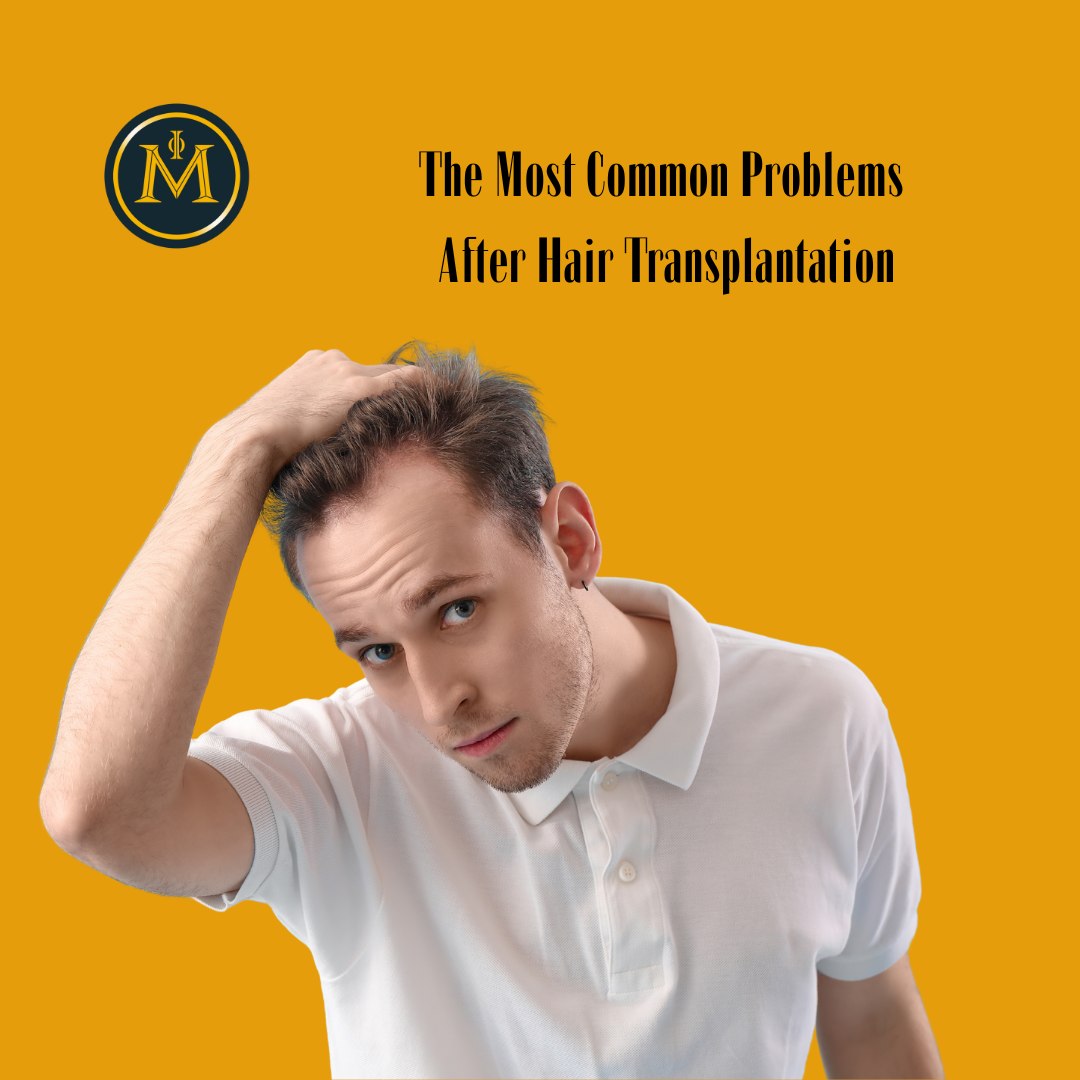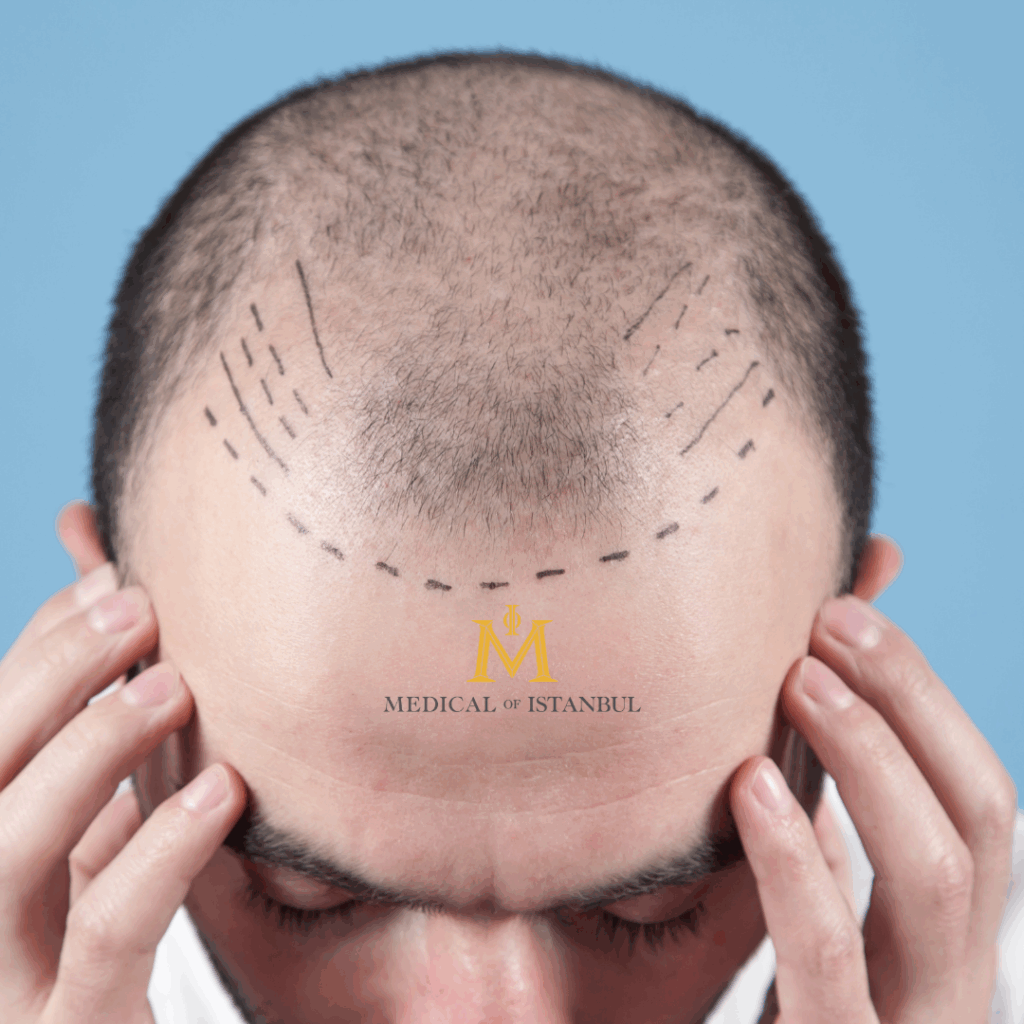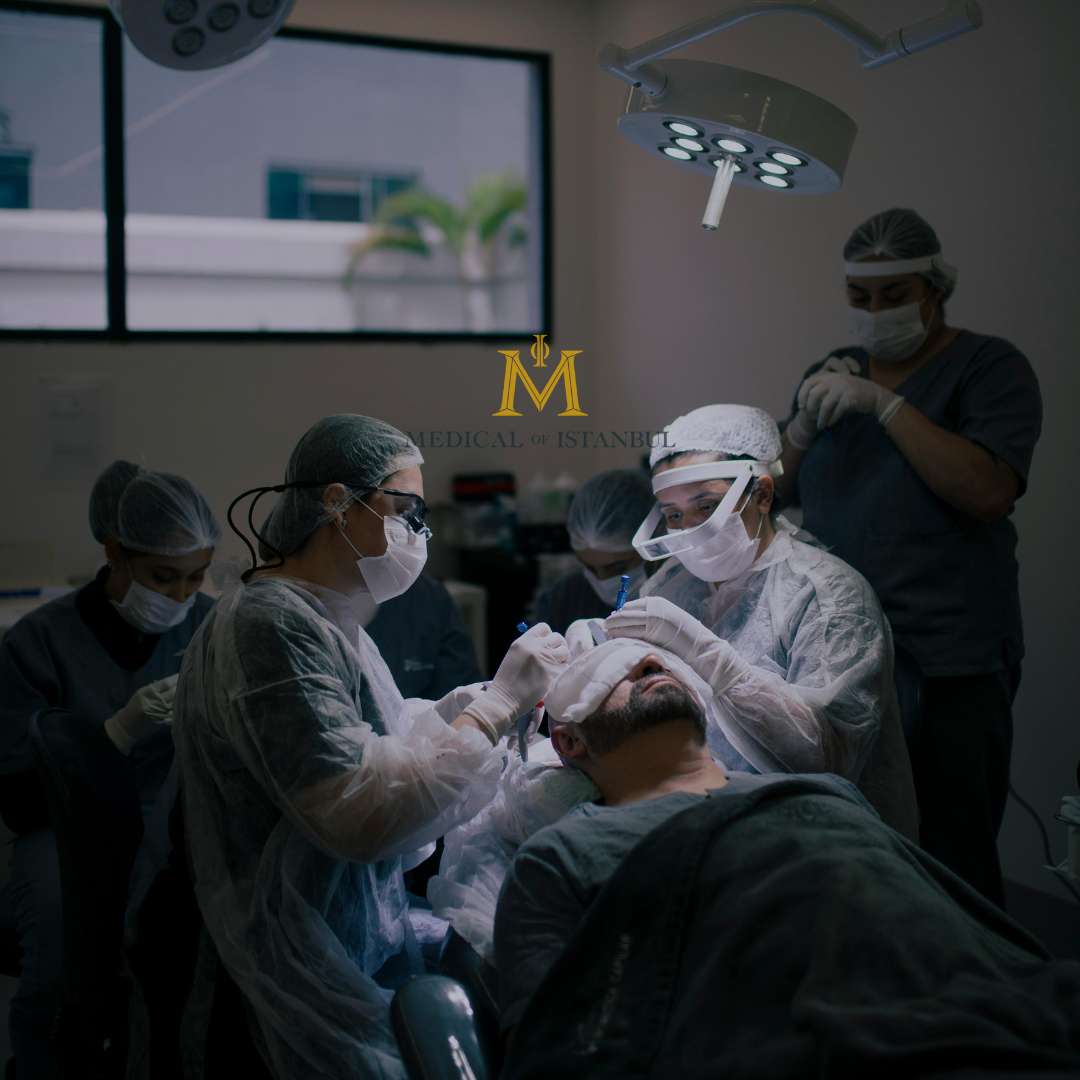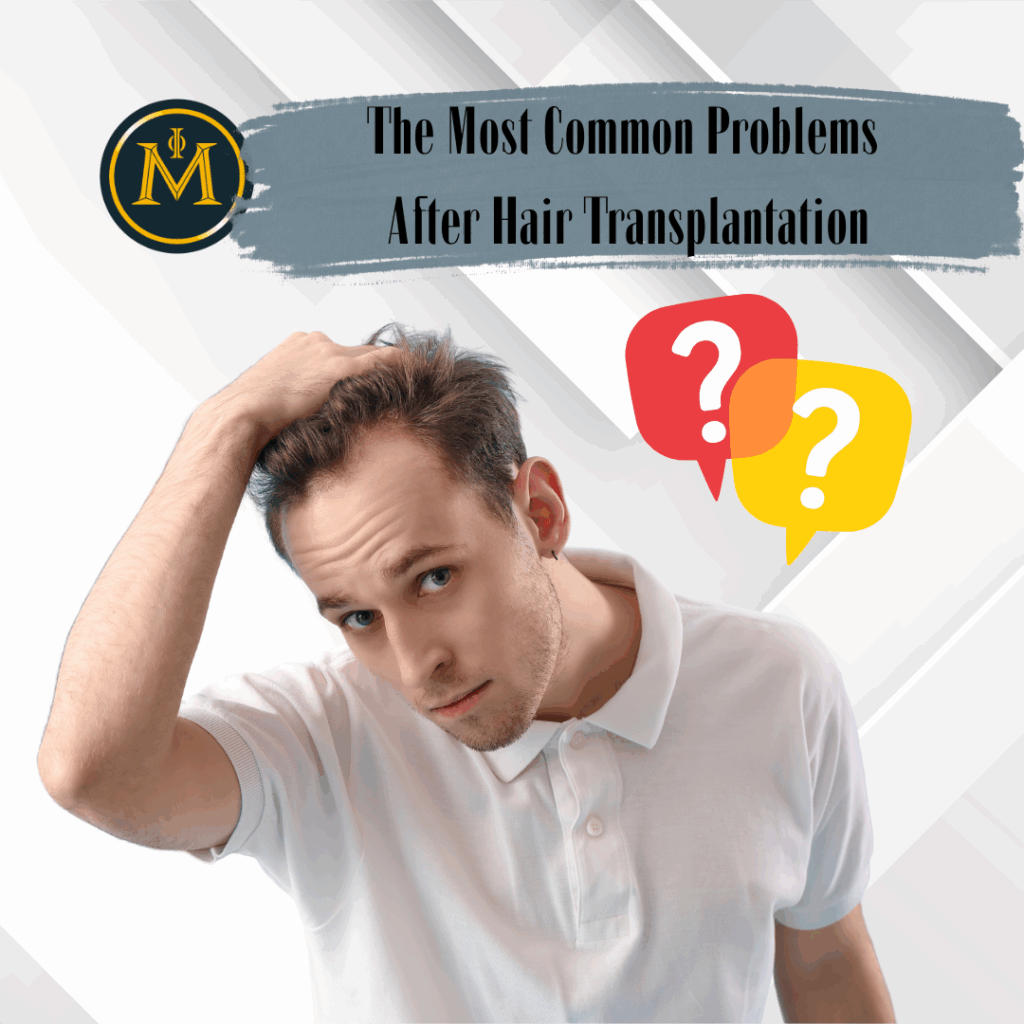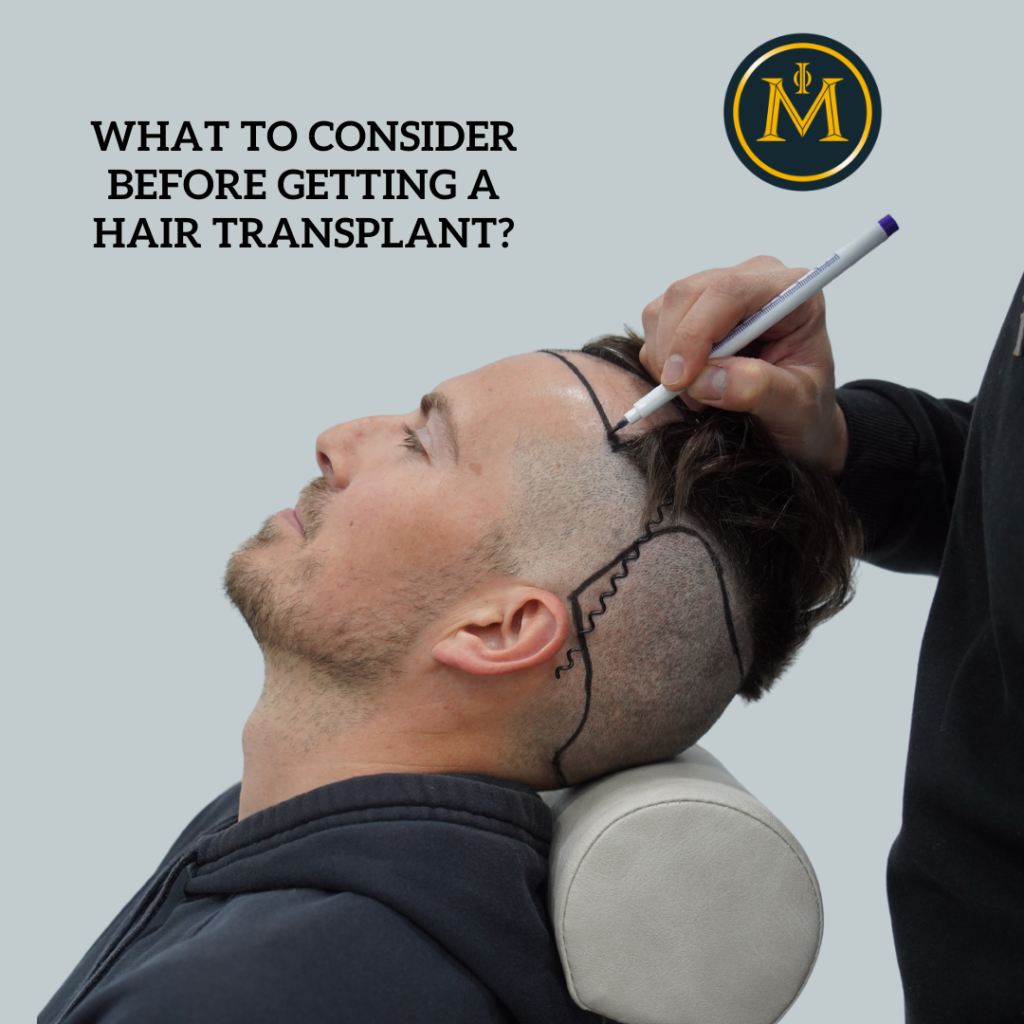Bleeding: You may experience minor bleeding in the donor and transplant areas after the surgery. Aspirin, NSAIDs, vitamin E, alcohol, anabolic steroids, and other blood thinners taken by the patient before the transplant may increase the risk of bleeding. If you experience bleeding on your scalp the day after surgery, don't panic. Take a clean cloth or cotton swab and apply gentle pressure to the area. Avoid rubbing, as this could dislodge a follicle. The bleeding should eventually stop. If you lose a follicle due to hair transplant side effects, you should inform your surgeon.
Crusting: Itching after a hair transplant is a natural part of the healing process. However, in some cases, it can become bothersome and caution is necessary.
Crusting and Healing Process: The skin begins to repair itself in the areas where the grafts were placed. During this healing process, crusts form, which stretch the skin and cause itching.
Dryness: If adequate moisturizing is not provided, the scalp becomes dry and itching increases.
Shampoo and Lotion Residues: If product remains on the scalp after washing, it can irritate the skin.
Allergic Reactions: Allergic reactions to certain lotions, creams, or medications may occur.
